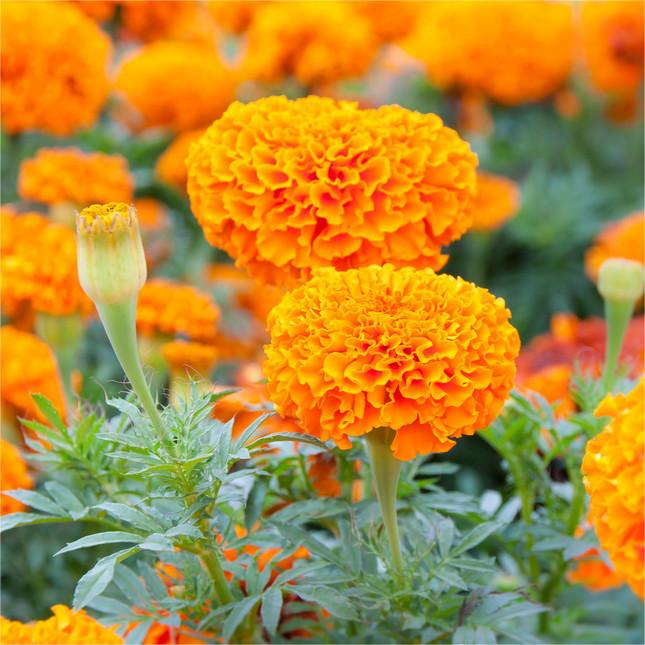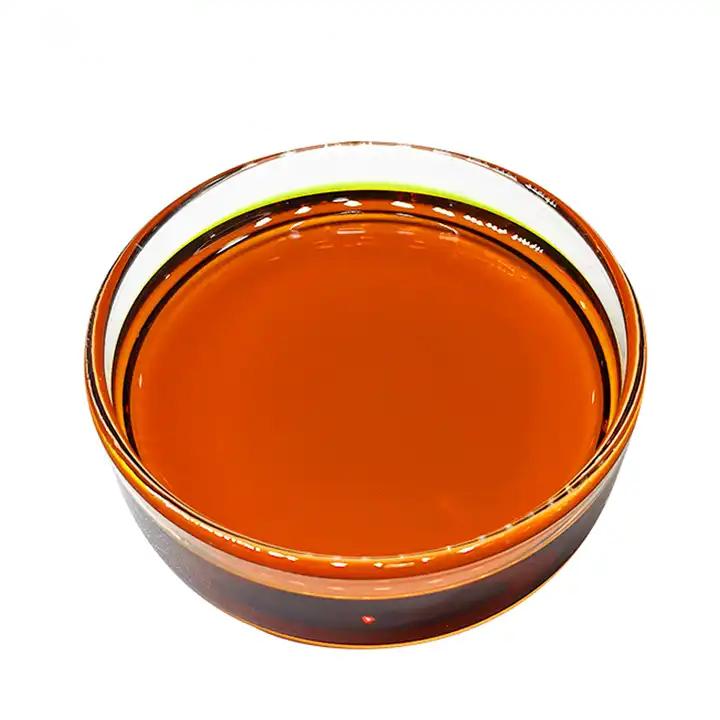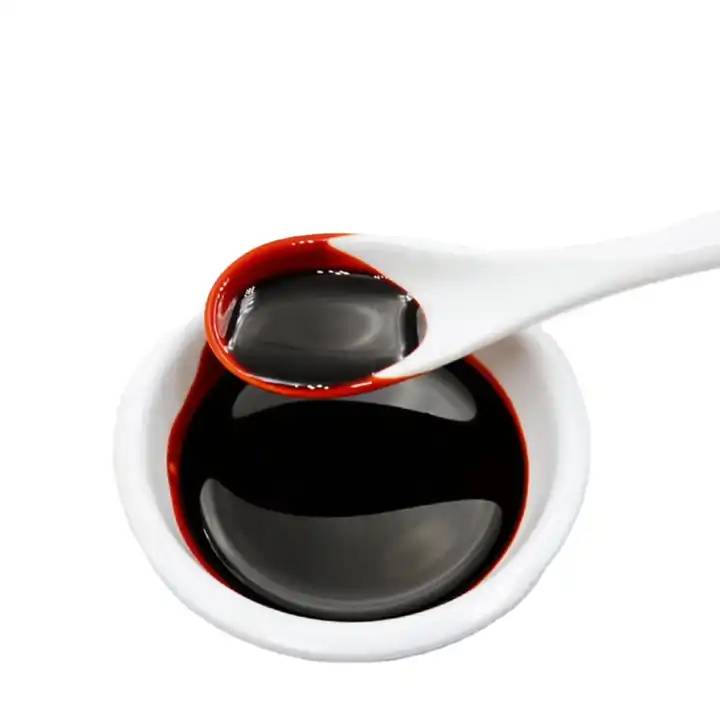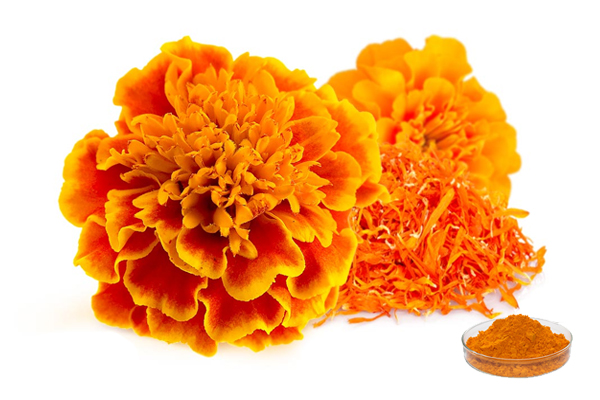Poudre de lutéine de qualité alimentaire 20% Dispersible dans l’eau
Nom de produit :Lutein Powder
Source végétale: fleur de Marigold
CAS non. Numéro de téléphone :127-40-2
Analyse: 20%
Méthode d’essai :HPLC
Apparence: poudre Fine Orange
Résidu de Pesticide: conforme à la norme (ce) No 396/2005
- Description Description
- Fiche technique
- Certificat de formation
-
Qu’est-ce que la poudre de lutéine?
La lutéine appartient aux caroténoïdes, largement présents dans les légumes, les fruits, les fleurs et d’autres organismes dans les pigments naturels, en particulier dans les souches à la teneur la plus élevée, qui est orange-rouge ou orange-jaune, les principaux composants de la lutéine et de la zéaxanthine....... La lutéine a une formule moléculaire de C40H56O2 et une masse moléculaire relative de 568,87.
Poudre de lutéineEst une poudre jaune orange avec une faible odeur de foin, insoluble dans l’eau, soluble dans le propanol, le méthanol, l’isopropanol et le dichloroéthane, et a une bonne résistance à la chaleur. La lutéine est largement présente dans les légumes verts. Parmi eux, marigold a la plus forte teneur en lutéine. Selon les dispositions de GB 26405-2011 norme nationale de sécurité alimentaire pour l’additif alimentaire lutéine, l’additif alimentaire lutéine vient de marigold.
Green Spring Technology supplies Poudre de lutéine in the form of extract, microcapsule powder, oil suspension, and other forms and specifications. Lutein Powder adopts encapsulation treatment to make it isolated from the air, which has a certain inhibiting effect on discoloration and oxidation, and it can be used in functional food and health care products.
Tous les produits fournis par Green Spring Technology appliquent les normes internationales les plus élevées de l’industrie, conformes à ue EC396, ue 2023/915, et les normes les plus élevées de résidus de solvants. Nous avons un système systématique de gestion de la qualité et organisons la production dans l’accord strict avec oin, HACCP, et d’autres normes de qualité. Nous avons passé Halal, casher, COSMOS, BRC, IFS, FDA, ISO, et beaucoup d’autres certifications. Avec notre excellente équipe de r & D, une équipe de production expérimentée et une équipe de vente professionnelle, nous pouvons personnaliser divers extraits standard ainsi que des extraits proportionnels.
Spécification:
Nom du produit
Lutein Powder
Nom Latin
Tagetes Erecta l.
CAS non.
127-40-2
Source:
Fleur de souci
spécification
20% 20%
Méthode d’essai
HPLC/HPLC
apparence
Poudre Fine Orange
Résidus de pesticides
Conforme à la norme (ce) n ° 396/2005
Règlement:
Il est conforme à la réglementation de l’ue.
Learn More About Our One-Stop Solution for Natural Lutein Ingredient.
Vous cherchez un devis?Benefits:
Improvement of Vision
Lutein is a major carotenoid that maintains visual function and specifically accumulates in the retina and lens. Dietary lutein/zeaxanthin and its metabolite endo-zeaxanthin account for 25% of the total cucurbitacins in the retinal macula of healthy eyes. As a strong antioxidant, lutein quenches monoclinic oxygen and forms an effective blue light filter inside the retina of the human eye, minimizing oxidative damage caused by blue light. Thus, it protects the optic rod and cone cells and effectively prevents and improves macular degeneration and cataracts caused by bright light exposure. Appropriate supplementation can elevate the level of lutein in human plasma, increase macular pigment density (MPOD), and effectively prevent early retinal lesions.
Filtering Blue Light
External light consists of different wavelengths of light, the shorter the wavelength the higher the energy. If the intensity of light and the duration of light exposure exceeds the retina's tolerance, it can cause damage to the retina. Blue light, with its relatively high energy, increases the number of free radicals in the macula of the retina, which in turn increases the amount of metabolic waste in the macula, causing more damage to the retina.
Lutein is yellow because its molecular structure absorbs and filters blue-violet light and reflects yellow light, a feature that protects retinal cells. Especially when the eye receives too much blue light and near-ultraviolet light, lutein can absorb these rays, like a layer of blue light "filter" on the retina. It protects the macula and retina by preventing damaging blue-violet light from acting directly on retinal cells.
Antioxidant
As a class of tetraterpenoids, lutein is rich in conjugated double bonds and has a strong scavenging ability of free radicals, which can effectively prevent the damage of oxygen radicals to cells. Some scholars used chemiluminescence to study and analyze the scavenging effects of marigold luteolin on peroxides, superoxide anions, hydroxyl radicals, and lipid radicals. The results found that luteolin has a strong scavenging effect on the above free radicals.
The synergistic antioxidant activity of two carotenoids, lutein and zeaxanthin, was investigated using a combination of in vitro antioxidant-based and in vivo antioxidant methods based on the in vivo ethanol oxidative damage model in mice. The synergistic antioxidant activity of lutein and zeaxanthin was found to be better when the ratio of lutein to zeaxanthin was 1:2. In the study of the relationship between lutein and brain ω-3 polyunsaturated fatty acid (PUFA) oxidation, it was found that mitochondrial lutein was negatively correlated with docosahexaenoic acid (DHA) oxidation products. The accumulation of subcellular lutein and its relationship with DHA oxidation in the primate brain was also investigated, suggesting that lutein may be related to antioxidant function in the brain.
Applications:
In the Food Field:
Lutein has a good colouring effect, it has a bright yellow colour, insoluble in water, soluble in oil, and ethanol, and resistant to light, heat, acid and alkali. Lutein powder is widely used in pastry, confectionery, beverages, rice and noodle products as a colouring agent. Lutein is used as a colouring agent in beverages and jellies. Orange juice beverages, milk beverages and carbonated beverages are added with lutein, and the retention of lutein is more than 90% after 6 months of storage.
For Health Products:
Lutein is one of the carotenoids, and relevant studies have proved that it has a clear effect on preventing age-related macular degeneration and other eye diseases. In 1995, the U.S. Food and Drug Administration (FDA) reviewed the utility and safety of lutein and approved its use as a food supplement. In 2008, China listed lutein from marigolds in the catalog of new resource foods, and now marigold extract lutein powder is widely used as a raw material for health food and dietary supplements.
For Feed Product:
Feed grade lutein powder can be applied for color enhancement of poultry skin, fat, shins, and egg yolks, as well as for trout, salmon, snapper and shrimp, and crab. The deposition pattern of lutein in chicken feed in the egg yolk has an impact on production performance, giving a bright yellow color to egg yolks, chicken skin, and chicken fat.
-
Télécharger le document
Poudre de lutéine en vrac 20% COA
-
Télécharger le document
Cosmos 2023
Télécharger le documentHalal 2023
Télécharger le documentCasher 2023


 Anglais
Anglais français
français espagnol
espagnol russe
russe coréen
coréen japonais
japonais













